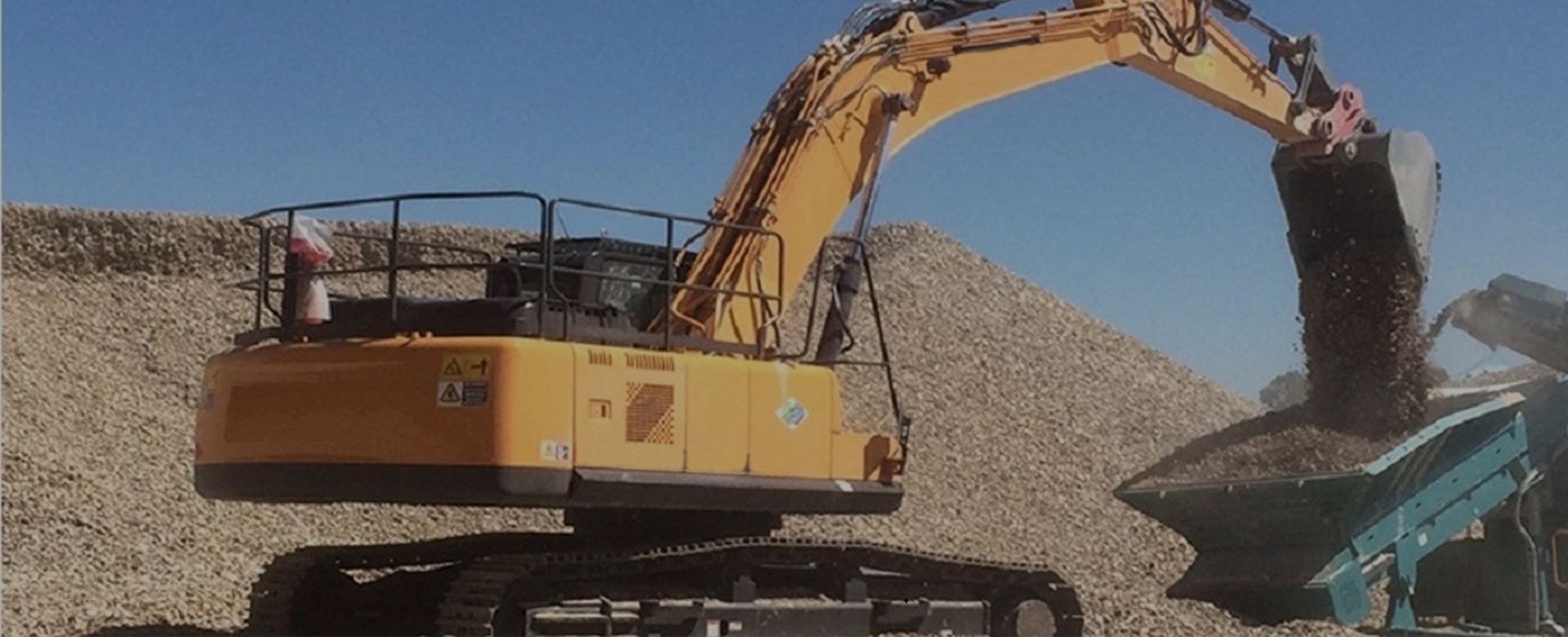
Heavy-duty construction projects involve complex tasks such as building large-scale infrastructure, high - rise buildings, and extensive mining operations. In these demanding scenarios, excavators emerge as indispensable tools.
Excavators are designed to handle a wide range of soil types. When it comes to hard rock, excavators can be equipped with specialized attachments like hydraulic breakers. These breakers deliver powerful blows to break the rock into smaller, manageable pieces.
The construction of building foundations demands precise digging to ensure the stability and integrity of the structure. Excavators can dig foundation pits with accurate dimensions and depths. For infrastructure projects like bridges, excavators are used to dig the foundation holes for piers.
Crawler Excavators typically have a powerful engine and a robust hydraulic system. In construction projects such as building high - rise structures or large - scale industrial facilities, they can handle the significant volumes of earth and rock removal required.
Mini-excavators are perfect for small - scale projects and jobs in confined spaces. They can be used for digging small trenches for drainage, cable laying, or irrigation systems in residential yards or gardens.
Long-reach excavators are used in situations where the digging area is at a significant distance from the excavator's position. In demolition work of tall structures, they can stand at a safe distance and still reach upper floors to remove parts of the building.

